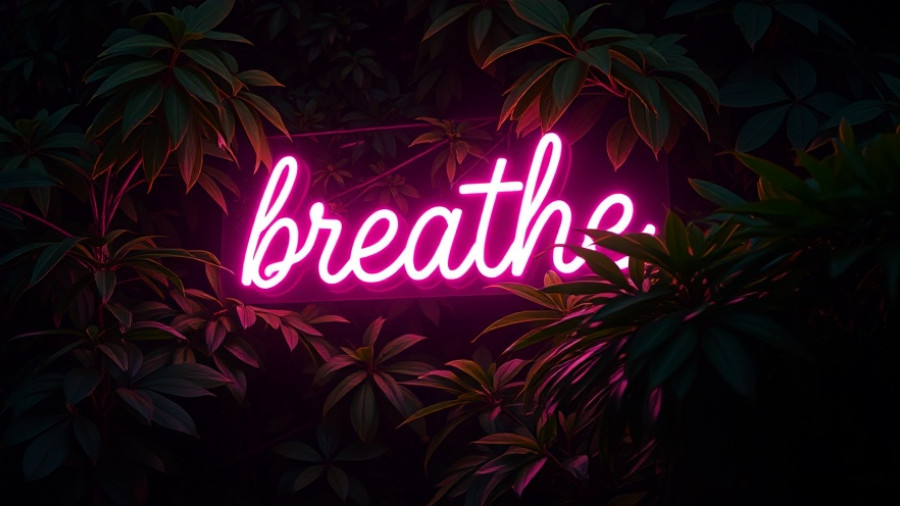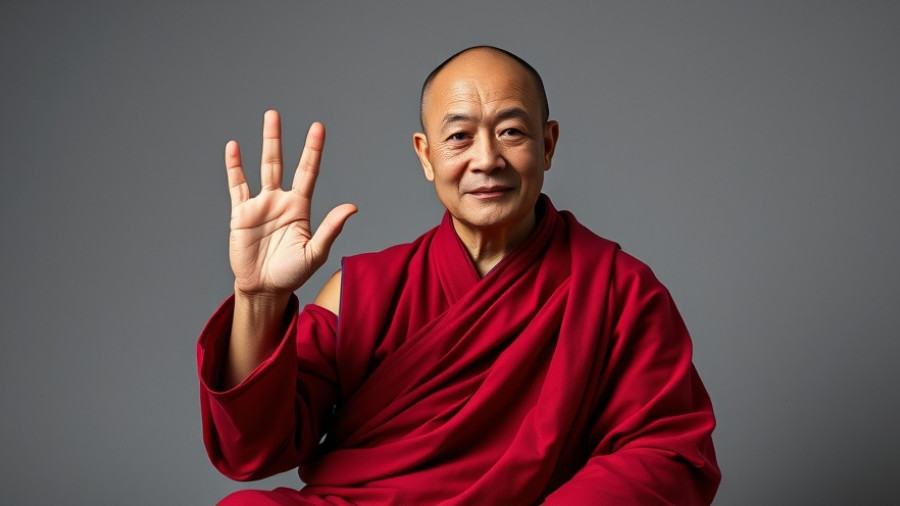
The Power of Breath: Finding Calm Amidst Chaos
In today's fast-paced world, anxiety seems to lurk around every corner. Our breath, a seemingly automatic function, holds the potential to guide us through tumultuous times. Focused breathing can serve as a powerful anchor, helping to quiet an anxious mind and foster a sense of connectedness amid feelings of isolation. As we navigate challenges like the ongoing pandemic, learning how to calm anxiety through specific breathing techniques becomes essential.
Practice 1: Connect with Your Breath
A simple yet profound way to address anxiety is through breath awareness. As meditation teacher Kamilah Majied emphasizes, our breath symbolizes the profound connection we share with one another. To practice, find a comfortable seated position. Close your eyes, and direct your full attention to your breath—notice each inhalation and exhalation. Repeat mindful phrases: “Breathing in, I notice the anxiety that clings to me. Breathing out, I give myself permission to let it go.” This practice not only calms the mind but also acts as a bridge to our shared human experience.
Practice 2: The Gift of Kindness
As Sylvia Boorstein reminds us, loving-kindness meditation can be a beautiful antidote to anxiety. Begin by gently closing your eyes and visualizing an individual you care about. Internalize feelings of warmth and affection for them, then extend these feelings towards yourself. Silently say, “May you be safe. May you find peace. May you be free from suffering.” This practice calms our internal chatter and replaces it with compassion, helping to ground us in the present moment.
Physical Techniques: Breathing Exercises
Incorporating specific breathing techniques can significantly aid in managing anxiety. Here are a few effective methods:
- Box Breathing: Inhale for a count of four, hold for four, exhale for four, and hold again for four. Repeat this cycle several times.
- 4-7-8 Breathing: Inhale deeply through your nose for four counts, hold for seven counts, and exhale through your mouth for eight counts. This method calms the nervous system and induces a feeling of relaxation.
- Belly Breathing: Focus on deep abdominal breathing to help regulate your body’s stress response. As you breathe, allow your belly to expand fully, drawing in peace and exhaling tension.
A Broader Perspective on Anxiety and Breathing
The effects of psychological stress can be serious. Research suggests that managing anxiety through effective breathing techniques not only alleviates immediate feelings of stress but also contributes to long-term health benefits. So, why not take a moment to breathe with intention? By practicing these techniques regularly, we can reshape our relationship with anxiety and transform it into a skill rather than a burden.
Conclusion: Taking Action
The world needs compassion and mindfulness more than ever. As you endeavor to calm your anxiety with these breathing practices, consider sharing your experiences with a friend or family member. Let’s illuminate the path to serenity together, making kindness and understanding our collective journey. Remember, breathing isn’t just about oxygen; it’s about connection—a reminder that we are never truly alone.
 Add Row
Add Row  Add
Add 




Write A Comment